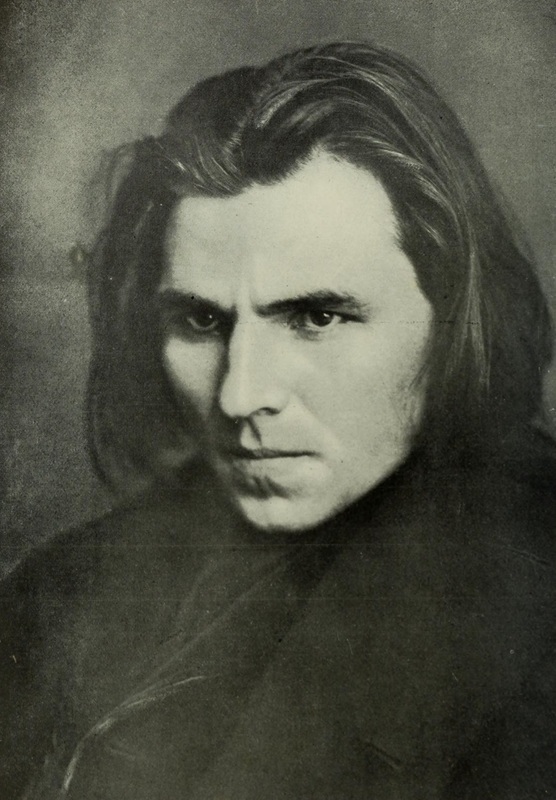Jerome Connor
Item
Title
Jerome Connor
Date
February 23, 1874 to August 21, 1943
Description
Jerome Connor remains among the most misunderstood of Stickley’s employees, in part because the brevity of his work for The United Crafts has not previously been documented. Often described as the first head of Stickley’s metal shop, Connor’s role was described much differently at the time of his arrival and his departure prior to the establishment of a metals shop by Stickley needs to be addressed. Indeed, although he is frequently framed as a blacksmith and metalworker in literature on the Arts and Crafts movement, it is his enduring legacy as a sculptor as well as some basic errors in his chronology that warrant his inclusion in this initial study of Stickley workers.
Connor’s arrival at The United Crafts was heralded by the local press as early as July 19, 1902, when The Evening Herald announced that he was hired as “designer” and would soon move to Syracuse. On August 24, 1902 The New York Sun informed readers that Connor was “backed by Mr. Stickley, the well-known capitalist” and indicated that Connor had arrived, but described his work as “sculpting and painting” with no mention of design, let alone metalwork. On October 24, 1902, The Evening Herald reported that “Mr. and Mrs. Jerome Connor have left the employ of the United Crafts and are now engaged in private work.” Four days later, on October 28, The Evening Herald announced the formation of Stickley's Metal Shop. “The riding School in the Crouse Stables," the paper stated, "has been purchased by Gustave Stickley and is being converted into a foundry and blacksmith shop, where architectural iron and copper pieces for the United Crafts furniture and electric light fixtures will be manufactured.” Offices were planned for the second floor and the first floor was to be equipped with four forges, but all of this happened after Connor had left The United Crafts.
Connor’s arrival at The United Crafts was heralded by the local press as early as July 19, 1902, when The Evening Herald announced that he was hired as “designer” and would soon move to Syracuse. On August 24, 1902 The New York Sun informed readers that Connor was “backed by Mr. Stickley, the well-known capitalist” and indicated that Connor had arrived, but described his work as “sculpting and painting” with no mention of design, let alone metalwork. On October 24, 1902, The Evening Herald reported that “Mr. and Mrs. Jerome Connor have left the employ of the United Crafts and are now engaged in private work.” Four days later, on October 28, The Evening Herald announced the formation of Stickley's Metal Shop. “The riding School in the Crouse Stables," the paper stated, "has been purchased by Gustave Stickley and is being converted into a foundry and blacksmith shop, where architectural iron and copper pieces for the United Crafts furniture and electric light fixtures will be manufactured.” Offices were planned for the second floor and the first floor was to be equipped with four forges, but all of this happened after Connor had left The United Crafts.

